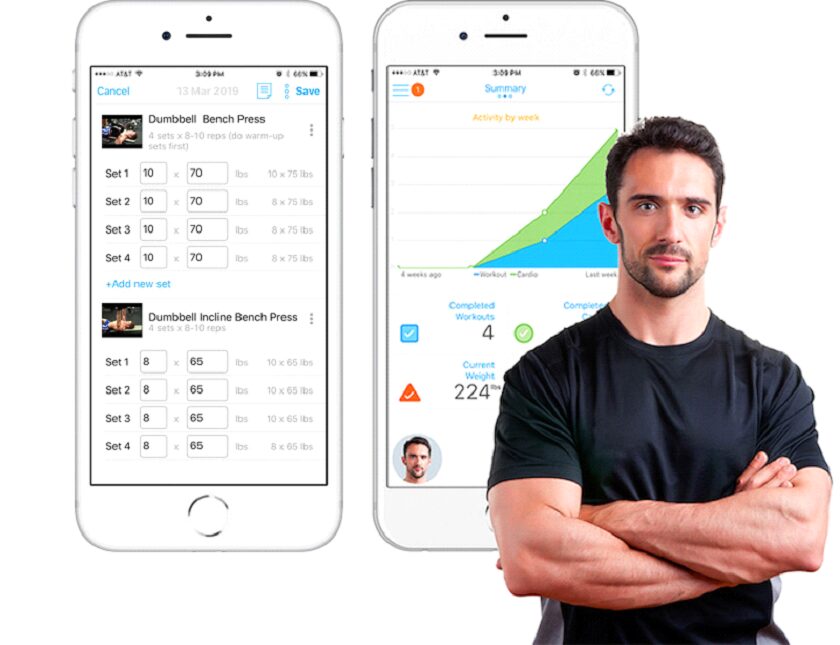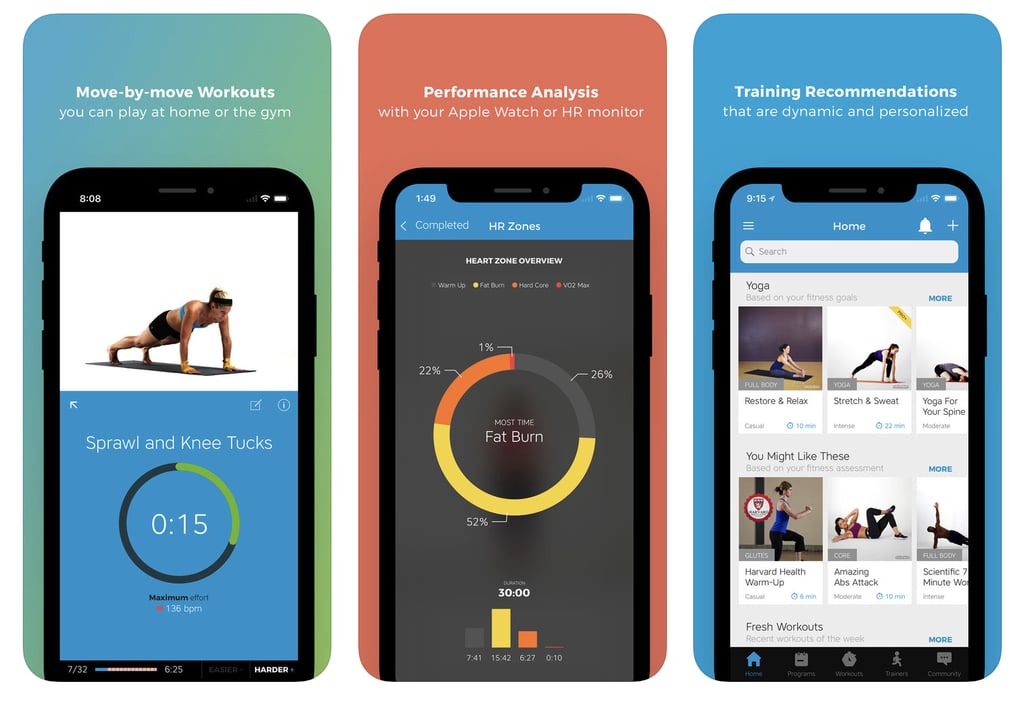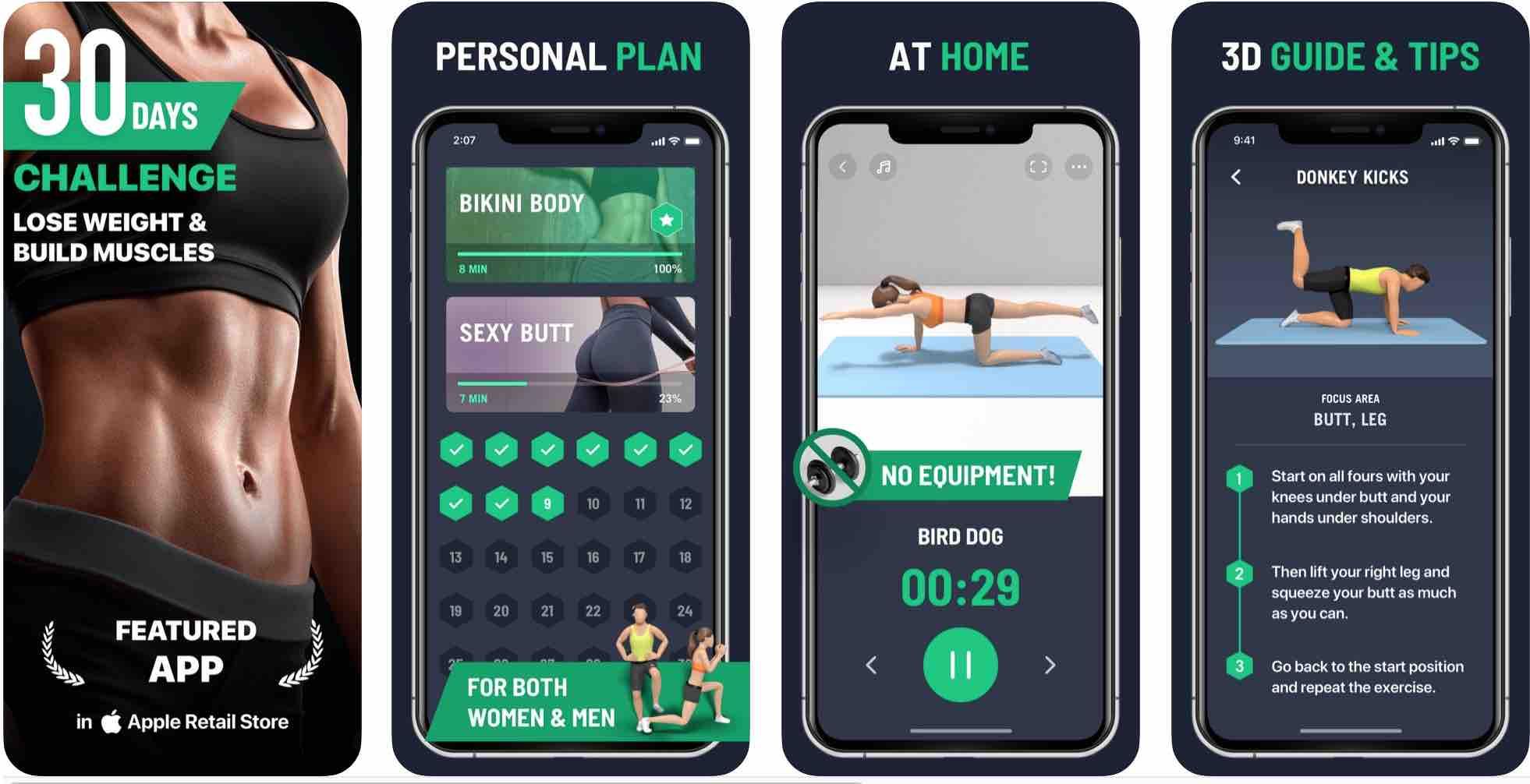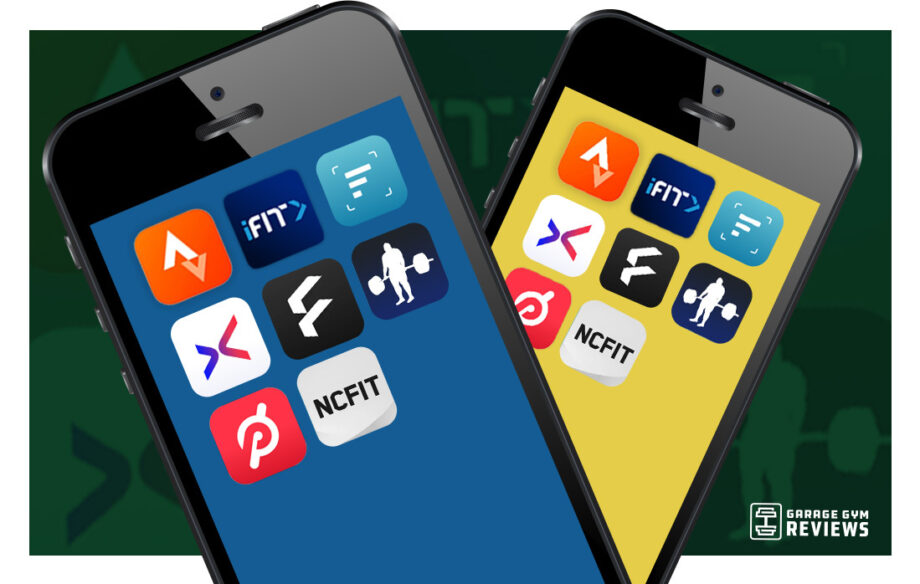Personal training apps are revolutionizing the fitness industry, empowering individuals to achieve their fitness goals with personalized guidance and cutting-edge technology. These apps offer a comprehensive suite of features, seamless connectivity, and engaging user experiences, making them an indispensable tool for fitness enthusiasts of all levels.
From personalized workout plans to real-time progress tracking, personal training apps provide a tailored fitness experience that adapts to your unique needs and preferences. They seamlessly integrate with fitness devices and platforms, enabling you to track your progress effortlessly and stay motivated throughout your fitness journey.
Market Overview

The global personal training app market is experiencing rapid growth, driven by increasing health consciousness, technological advancements, and the convenience of personalized fitness guidance. According to a report by Grand View Research, the market size was valued at USD 4.8 billion in 2021 and is projected to reach USD 15.3 billion by 2030, exhibiting a CAGR of 14.2% over the forecast period.
The target audience for personal training apps includes individuals of all ages, fitness levels, and lifestyles. However, the primary demographic consists of millennials and Gen Z, who are more likely to adopt digital fitness solutions and value personalized experiences.
Target Audience
- Individuals seeking personalized fitness guidance
- Millennials and Gen Z
- Fitness enthusiasts and athletes
- Individuals with limited time or access to traditional gym facilities
Features and Functionality
Personal training apps offer a range of features and functionalities to assist users in achieving their fitness goals. These features include:
- Workout Tracking:Apps allow users to log and track their workouts, including exercises performed, sets, repetitions, weight used, and duration.
- Progress Tracking:Apps help users monitor their progress over time by tracking metrics such as weight, body measurements, and fitness levels.
- Personalized Workouts:Many apps provide personalized workout plans tailored to users’ individual goals, fitness levels, and preferences.
- Nutrition Tracking:Some apps include features for tracking food intake, calories consumed, and macronutrient distribution.
- Community Support:Apps often provide access to online communities or forums where users can connect with others, share experiences, and receive support.
Workout Tracking
Workout tracking features allow users to record detailed information about their workouts, which can be beneficial for several reasons:
- Accountability:Logging workouts helps users stay accountable and motivated by providing a tangible record of their progress.
- Performance Analysis:Tracking workout data over time allows users to identify patterns, assess their progress, and make adjustments to their training plans.
- Injury Prevention:By monitoring their workouts, users can identify potential imbalances or overtraining, reducing the risk of injuries.
User Experience: Personal Training Apps

Personal training apps prioritize user experience to enhance motivation and engagement. They feature intuitive interfaces, personalized recommendations, and gamification elements to cater to diverse user needs and preferences.
The user interface is typically sleek and easy to navigate, with clear menus and user-friendly navigation. The apps often employ vibrant colors and engaging graphics to create a visually appealing experience. Personalized recommendations based on user goals, fitness level, and progress help tailor workouts and nutrition plans to individual requirements.
Motivation and Engagement
- Gamification features, such as progress tracking, challenges, and rewards, incentivize users to stay motivated and consistent with their workouts.
- Community forums and social media integration foster a sense of community and support, encouraging users to connect with others and share their fitness journeys.
- Real-time feedback and progress tracking provide users with valuable insights into their performance, enabling them to adjust their training and nutrition strategies as needed.
Integration and Connectivity
Personal training apps are not isolated entities; they connect with other fitness devices and platforms to enhance the user experience and provide a comprehensive fitness solution.
Seamless data sharing and tracking between devices and apps offer several benefits:
Enhanced Tracking, Personal training apps
- Automatic syncing of workout data across devices, eliminating the need for manual entry.
- Consolidated view of all fitness activities, providing a complete picture of progress.
- Real-time tracking of metrics such as heart rate, steps, and calories burned.
Personalized Insights
- Data from connected devices helps apps provide tailored feedback and recommendations.
- Analysis of sleep patterns, nutrition, and activity levels to identify areas for improvement.
- Customized workout plans based on individual goals and progress.
Community and Motivation
- Integration with social media platforms allows users to share progress and connect with like-minded individuals.
- Community challenges and leaderboards foster motivation and accountability.
- Access to online forums and support groups for guidance and encouragement.
Pricing and Subscription Models

Personal training apps employ various pricing models to cater to diverse user needs and budgets. Subscription-based models are common, offering access to a range of features and content for a recurring fee. Other models include in-app purchases, freemium models, and one-time payments.
Factors influencing subscription costs include the app’s features, content quality, brand reputation, and target audience. Premium apps with comprehensive features, personalized training plans, and access to certified trainers typically charge higher subscription fees.
Subscription Models
- Monthly Subscriptions:A fixed monthly fee grants access to the app’s features and content for a specified duration, usually ranging from one to twelve months.
- Annual Subscriptions:Similar to monthly subscriptions, but offer a longer duration and often come with discounted rates compared to monthly payments.
- Tiered Subscriptions:Apps may offer multiple subscription tiers with varying feature sets and pricing options, allowing users to choose the plan that best suits their needs.
Trends and Innovations

The personal training app market is constantly evolving, with new trends and innovations emerging all the time. These trends are being driven by a number of factors, including the increasing popularity of mobile fitness tracking, the growing demand for personalized fitness experiences, and the advancements in artificial intelligence (AI) and machine learning (ML).
One of the most significant trends in the personal training app market is the increasing use of AI and ML. AI and ML can be used to provide users with personalized fitness recommendations, track their progress, and even provide real-time feedback during workouts.
This can help users to get the most out of their workouts and achieve their fitness goals faster.
Innovative Features
- AI-powered fitness recommendations
- Personalized workout plans
- Real-time feedback during workouts
- Integration with wearable fitness trackers
- Virtual reality (VR) and augmented reality (AR) fitness experiences
Another trend in the personal training app market is the growing popularity of VR and AR fitness experiences. VR and AR can be used to create immersive and engaging fitness experiences that can help users to stay motivated and on track.
For example, VR can be used to simulate a variety of workout environments, such as a gym, a running trail, or a yoga studio. AR can be used to overlay fitness information onto the real world, such as calories burned or distance traveled.
Emerging Technologies
- AI-powered fitness coaches
- Haptic feedback suits
- Smart gyms
- Wearable fitness trackers with built-in GPS
- Fitness apps that integrate with social media
These are just a few of the trends and innovations that are shaping the future of personal training apps. As the market continues to grow, we can expect to see even more innovative and exciting features and technologies emerge.
Summary

As the personal training app market continues to evolve, we can expect to see even more innovative features and technologies emerge. These apps will continue to play a pivotal role in shaping the future of fitness, empowering individuals to lead healthier, more active lives.
Helpful Answers
How do personal training apps help me achieve my fitness goals?
Personal training apps provide personalized workout plans, real-time progress tracking, and expert guidance to help you stay motivated and on track towards your fitness objectives.
What are the key features of personal training apps?
Common features include personalized workout plans, exercise demonstrations, nutrition tracking, progress tracking, and integration with fitness devices.
How do personal training apps integrate with other fitness devices and platforms?
Many personal training apps seamlessly integrate with fitness trackers, smartwatches, and other platforms, allowing you to track your progress effortlessly and access your fitness data from a centralized location.